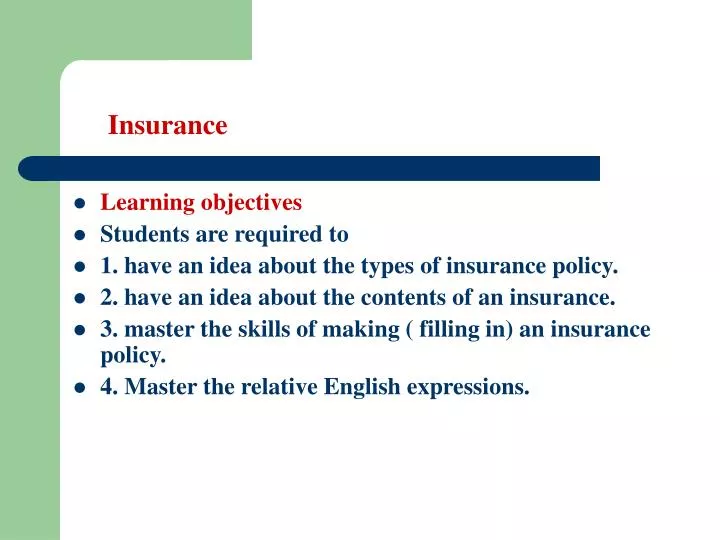The Ultimate Guide To Pacific Prime
The Ultimate Guide To Pacific Prime
Blog Article
The Ultimate Guide To Pacific Prime
Table of ContentsPacific Prime for DummiesSome Ideas on Pacific Prime You Should KnowThe Definitive Guide to Pacific PrimeThe Ultimate Guide To Pacific Prime
In the majority of states, the insurance provider is needed to send you a duplicate of the adjustments to your policy. It is necessary that you check out Recommendations or Cyclists so you recognize how your plan has actually transformed and if the plan is still appropriate to satisfy your demands. To get a duplicate of your insurance plan, please contact your insurance coverage representative or firm.
The Institute of Medication (IOM) Board on the Repercussions of Uninsurance launches an extensive examination of proof that addresses the value of medical insurance coverage with the publication of this record. Protection Matters is the initial in a series of six records that will certainly be provided over the next 2 years recording the truth and repercussions of having an estimated 40 million individuals in the United States without health and wellness insurance protection.

More About Pacific Prime
The objective of this series of researches is to refocus policy attention on a longstanding problem. Following the longest economic expansion in American background, in 1999, an approximated one out of every six Americans32 million grownups under the age of 65 and even more than 10 million childrenremains uninsured (Mills, 2000).

10 percent of the populace represent 70 percent of healthcare expenditures, a correlation that has actually continued to be constant over the past 3 years (Berk and Monheit, 2001) - international health insurance. Hence medical insurance proceeds to serve the function of spreading danger also as it significantly funds routine treatment. From the viewpoint of wellness care companies, insurance lugged by their individuals assists secure a profits stream, and areas benefit from monetarily viable and steady health care experts and establishments
Government provides health and wellness insurance to populations whom the exclusive market may not serve effectively, such as impaired and senior individuals, and populaces whose access to healthcare is socially valued, such as children and expecting females. The ultimate ends of health Check Out Your URL insurance coverage for the individual and areas, consisting of office areas of employees and companies, are boosted wellness outcomes and high quality of life.
The Only Guide for Pacific Prime
Employees rate medical insurance initially without a doubt in importance amongst all the advantages offered in the work environment (Salisbury, 2001). There have been substantial financial investments of personal and public funds to give wellness insurance policy, several people still have no coverage. Regardless of comprehensive coverage of survey findings and health treatment research study results, the general public continues to be overwhelmed and misinformed about Americans without medical insurance and the effects of lacking coverage.

Without doubt, the intricacy of American health care funding mechanisms and the wealth of sources of info include to the public's complication and hesitation concerning wellness insurance policy data and their interpretation. This report and those that will adhere to goal to boil down and provide in readily understandable terms the extensive research that bears upon concerns of medical insurance coverage and its value.
Fifty-seven percent of Americans surveyed in 1999 thought that those without medical insurance are "able to obtain the treatment they need from doctors and medical facilities" (Blendon et al., 1999, p. 207). In 1993, when national interest was focused on the troubles of the uninsured and on pending healthcare legislation, just 43 percent of those surveyed held this belief (Blendon et al., 1999).

They also get less preventative services and are much less likely to have routine treatment for persistent conditions such as high blood pressure and diabetes mellitus. Chronic illness can lead to pricey and disabling problems if they are not well handled (Lurie et al., 1984; Lurie et al., 1986; Ayanian et al., 2000). One national survey asked even more than 3,400 grownups about 15 very major or somber problems.
The Of Pacific Prime
Additional evidence is provided later on in this phase in the discussion of insurance and access to wellness care. https://www.ted.com/profiles/46568975. Individuals without medical insurance are young and healthy and pick to do without protection. Almost fifty percent (43 percent) of those evaluated in 2000 thought that people without health and wellness insurance coverage are more likely to have illness than people with insurance policy
Citizens and policy manufacturers in focus team discussions identify those without insurance coverage as youths that have the chance to be covered and feel they do not need it (Porter Novelli, 2001). Contrasted to those with at least some personal protection, the without insurance are less most likely to report remaining in outstanding or great health (Firm for Health Care Research and Quality, 2001).
RESOURCE: Facility for Cost and Funding Studies, Firm for Health Care Research Study and Quality, based upon MEPS information. Young adults between 19 and 34 are even more most likely to lack health insurance coverage than any various other age. This is chiefly due to the fact that they are less often eligible for employment-based insurance because of the nature of their work or their short period in it.
The perception that people without insurance policy have better-than-average health and wellness adheres to from confusing the reasonably young age profile of the uninsured with the much better health and wellness, usually, of younger persons. This obscures the web link between health and wellness status and medical insurance. For those without accessibility to workplace medical insurance, inadequate wellness is a possible obstacle to buying nongroup protection due to the fact that such coverage may be very valued, exclude preexisting conditions, or be merely not available.
Report this page